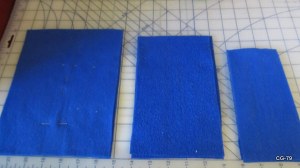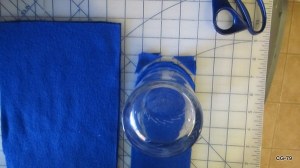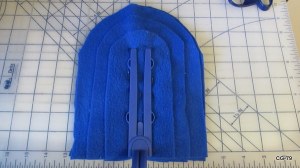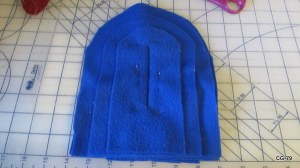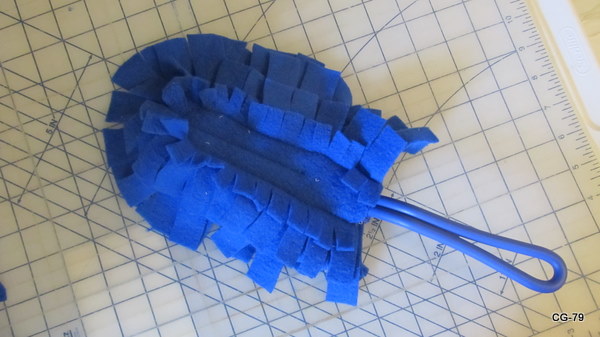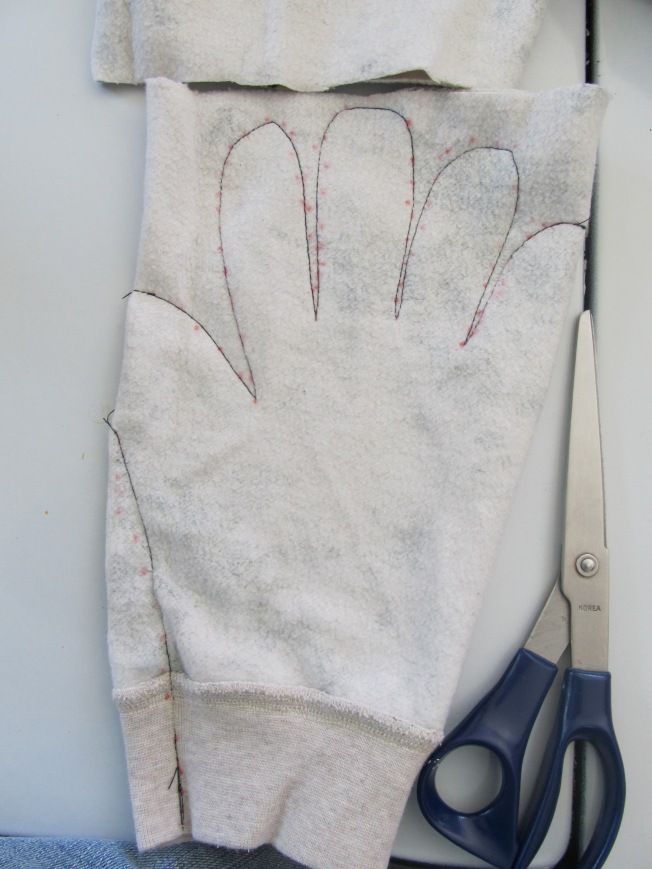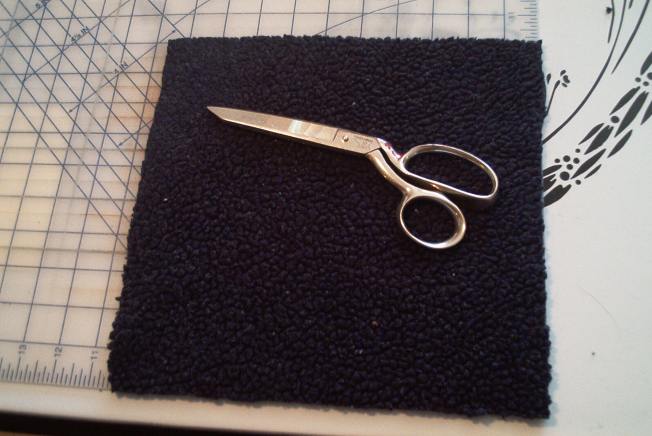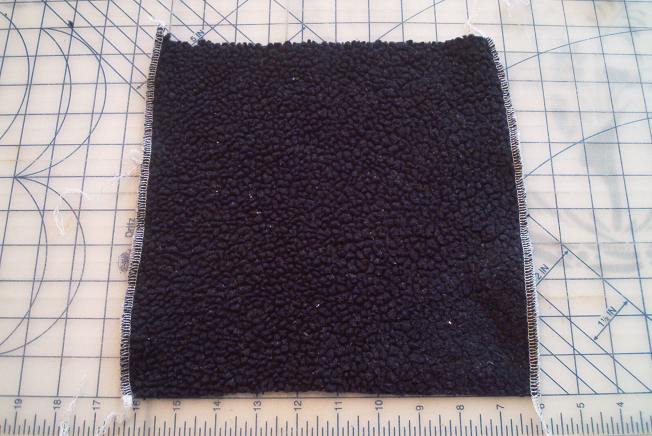I’m going to be making at least 60 of these bags for a women’s event in March. I wanted to be sure my concept size would be appropriate for holding a full sized folder, Bible, water bottle and a few personal items before I made all of them so I whipped up just one. Luckily, my prototype was perfect!
In a nutshell, I cut a long rectangle 13X36 inches. I folded the rectangle right sides together and pressed down 1/2 inch on the 13″ sides.
Then I folded it again 1 inch and pressed again. Repeated for the other 13″ side.
Now, the top part will be the casing for straps so if I was using a t-shirt I could leave the edges raw. However, this is woven cotton. So I unfolded my presses and pressed in 1/4 inch on each casing end then redid my folds so that the raw edge was hidden in the casings.
Next I stitched the casings in place. Then I stitched together the upper bag sides with my regular machine. I switched over to my serger at this point and finished the sides. After turning right side out, I stitched two dime sized circles on the bottom corners through both layers of fabric. This was stay stitching for where I threaded through the straps in the last step. Alternately an eyelet could be used but that would raise the cost and not look as “hobo” as I wanted. I used a seam ripper inside the circle to create a 1/4 inch gash. Then I cut two strips from cotton jersey, 2″ X 60″ each. T-shirts could have been recycled for this at a slightly lower cost but yardage was more convenient for making so many bags. Jersey doesn’t have to be finished and it very comfortable for weight bearing straps. Using a safety pin, I threaded one strap through one side of the casing and all the way around and out at the same side it was inserted. I did the same with the other strap on the other side. The last step was to pull the strap ends through the backpack gashes and tie knots to secure. Strap length is easily adjusted by trying on the backpack and pulling the straps to cinch. Then just retie the knots higher and trim the excess.
I will try to add pictures for these steps as I work on more bags in the next few weeks. 😉









